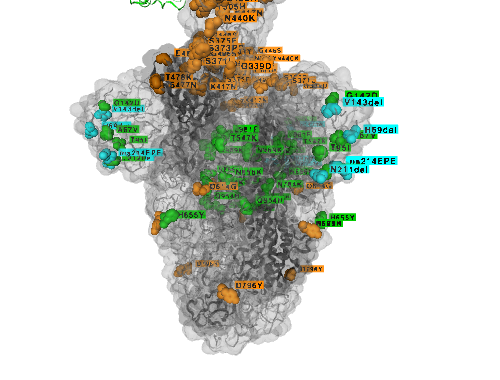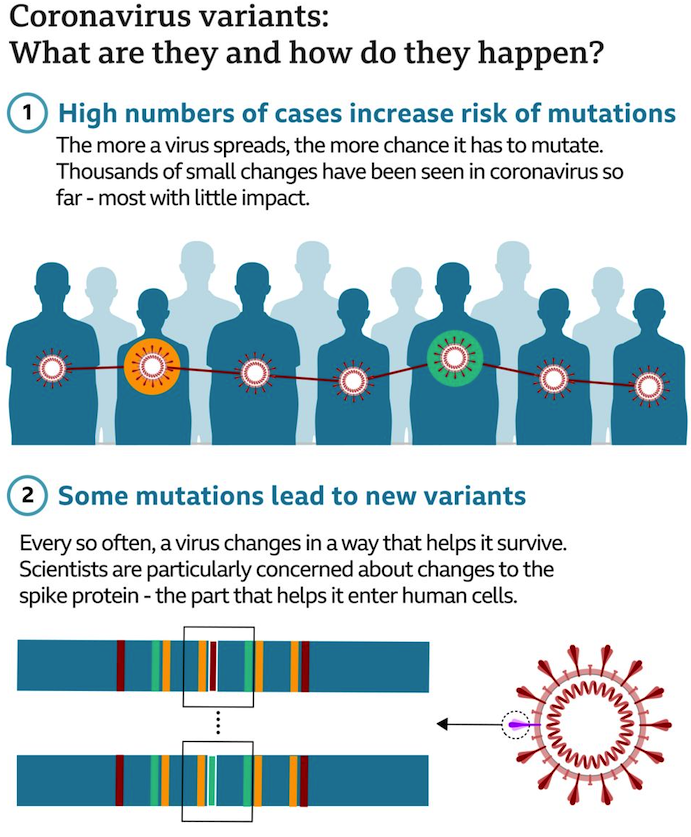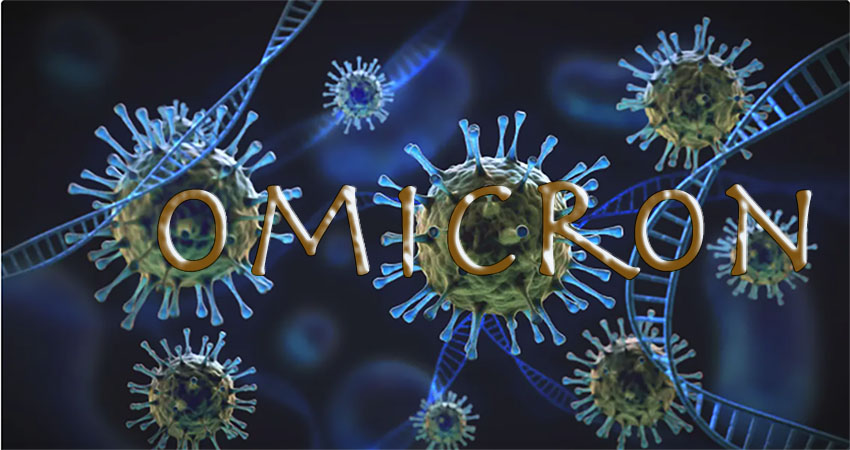The World Health Organization (WHO) classified a new variant, B.1.1.529, as a Variant of Concern and has named it Omicron. No cases of this variant have been identified in the U.S. to date. This new variant, first reported to the WHO by South Africa. Just as it appeared that much of the world was about to emerge from the shadow of the Covid-19 pandemic, the development of the Omicron variation — now identified as a Variant of Concern by WHO — has driven countries back under the protection of new restrictions.
Note issued by South Africa
The South African government and its scientists who have openly communicated with the global scientific community and continue to share information about this variant with the U.S. Department of Health and Human Services and CDC. We are working with other U.S. and global public health and industry partners to learn more about this variant, as we continue to monitor its path.
Omicron’s classification
The Technical Advisory Group on SARS-CoV-2 Virus Evolution (TAG-VE) is an independent group of experts that periodically monitors and evaluates the evolution of SARS-CoV-2 and assesses if specific mutations and combinations of mutations alter the behaviour of the virus. The TAG-VE was convened on 26 November 2021 to assess the SARS-CoV-2 variant: B.1.1.529.
On November 24, 2021, the B.1.1.529 variant was initially reported to WHO by South Africa. In South Africa, the epidemiological situation has been marked by three different peaks in reported cases, the most recent of which was dominated by the Delta strain. Infections have risen sharply in recent weeks, corresponding with the discovery of the B.1.1.529 strain. A specimen collected on November 9, 2021, was the first reported verified B.1.1.529 infection.
There are numerous mutations in this variation, some of which are problematic. In comparison to other Variant Of Concerns, preliminary research suggests that this variant has a higher risk of reinfection. In practically all of South Africa’s provinces, the number of occurrences with this variation appears to be increasing.
This variation is still detected by current SARS-CoV-2 PCR diagnostics. Several labs have reported that one of the three target genes is not found in one widely used PCR test (known as S gene dropout or S gene target failure), and that this test can thus be used as a marker for this variant pending sequencing confirmation. This variation has been found at faster rates using this method than prior outbreaks, suggesting that it may have a growth advantage.
The TAG-VE has informed WHO that this variant should be declared as a VOC, and the WHO has identified B.1.1.529 as a VOC, called Omicron, based on the evidence presented showing a deleterious shift in COVID-19 epidemiology.
Structure Of Omicron
The unique mix of spike amino acid changes in Omicron GR/484A (B.1.1.529) is of interest as it comprises several that were previously known to affect receptor binding and antibody escape. As with all low frequency variants with potentially relevant changes, these need to be monitored closely to study if they spread more widely as a consequence of immune escape, or altered receptor interactions.
Real-time sharing of these strains by GISAID contributors in Botswana, South Africa and Hong Kong allowed timely detection of this new variant, critical for tracking of variants.

Mutations
When a virus enters the human body, it replicates itself in order to invade cells. However, the virus becomes vulnerable to errors as a result of the copying process. According to a reports from litratures, “mutations are a typical element of a virus’s life cycle.” When it comes to viruses, however, mutations can be a double-edged sword: they can make it harder for them to infect others, but they can also make it easier for them to propagate by sharpening the tools they use to move from one host to the next
When a virus takes on mutations that significantly alter its character from the original version, a new variant is said to come into existence. “A variant has one or more mutations that separate it from other versions of the Sars-CoV-2 viruses,” according to the US Centers for Disease Control and Prevention (CDC).

How is it Different
It has more than 30 mutations in the spike protein alone, double the number associated with delta variant
ACE2 receptor- The protein that helps to create an entry point for the coronavirus to infect human cells, it has 10 mutations, in comparison the delta variant has two
WHO Messages to Countries
- To better understand circulating SARS-CoV-2 mutations, increase monitoring and sequencing activities.
- Complete genome sequences and accompanying metadata should be submitted to a publicly accessible database, such as GISAID.
- Initial cases/clusters of VOC infection should be reported to WHO via the IHR process.
- where capacity exists and in coordination with the international community, perform field investigations and laboratory assessments to improve understanding of the potential impacts of the VOC on COVID-19 epidemiology, severity, effectiveness of public health and social measures, diagnostic methods, immune responses, antibody neutralisation, or other relevant characteristics.
Individuals are reminded to take measures to reduce their risk of COVID-19, including proven public health and social measures such as wearing well-fitting masks, hand hygiene, physical distancing, improving ventilation of indoor spaces, avoiding crowded spaces, and getting vaccinated.
what should be done to Fight Against OMICRON and protect against newer VARIANTS?
Experts have speculated that the Covid-19 infection will become endemic, meaning it will persist in the society but will not be able to cause large-scale outbreaks, similar to how the seasonal flu does now. As a result, it’s clear that variations will continue to be a concern when it comes to the novel coronavirus. But, more crucially, the impact of such variations in terms of their capacity to evade antibodies and induce severe symptoms must be investigated.
The problem here is that as changes to the spike protein accumulate over time, they may have an influence on the long-term efficacy of monoclonal antibody therapies and vaccinations that target it. It’s vital to ensure that vaccines are distributed fairly so that everyone in every country has the opportunity to be immunised.
The rise of Omicron in Africa, where countries have struggled to obtain enough doses to vaccinate target groups as well as the general population, is being viewed as yet another example of the importance of ensuring equitable access to vaccines, even as advanced countries rush to roll out booster doses.
Source: WHO, CDC, BBC Research, GISAID

